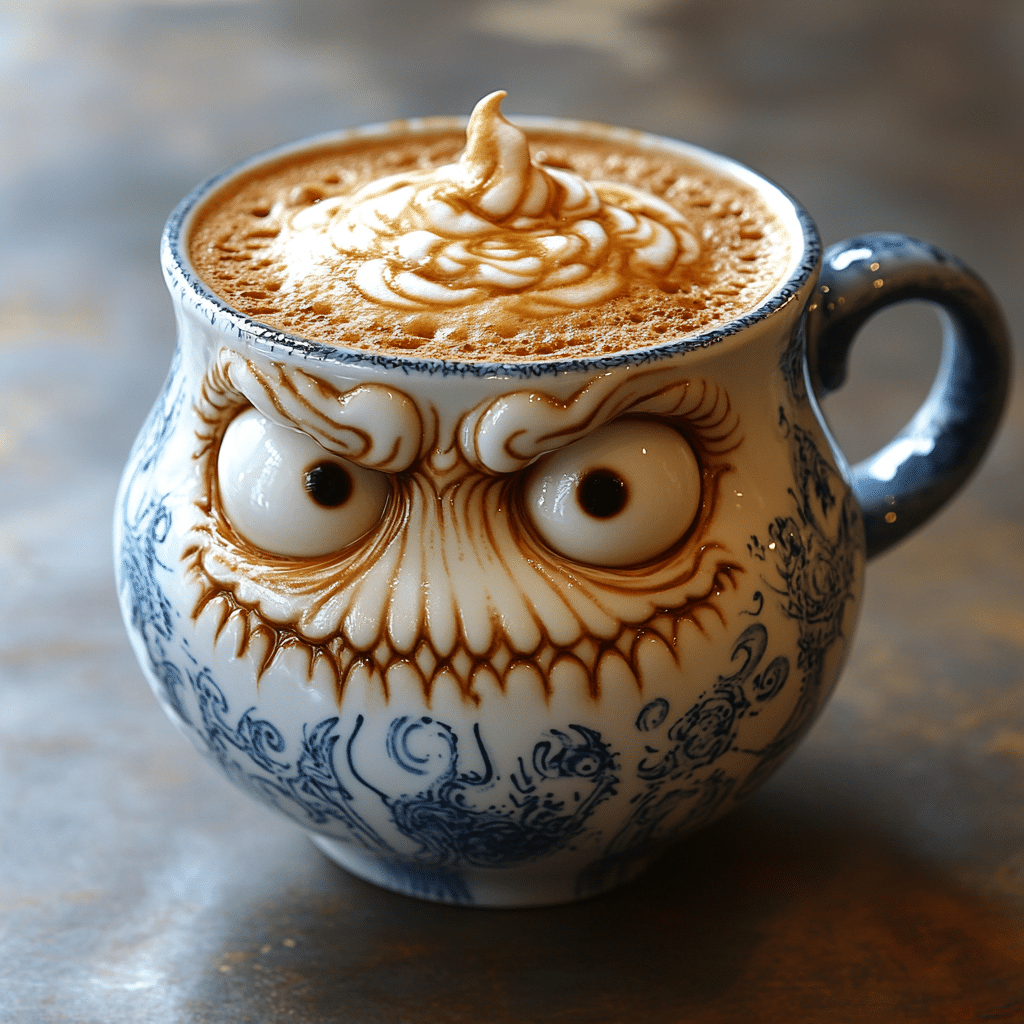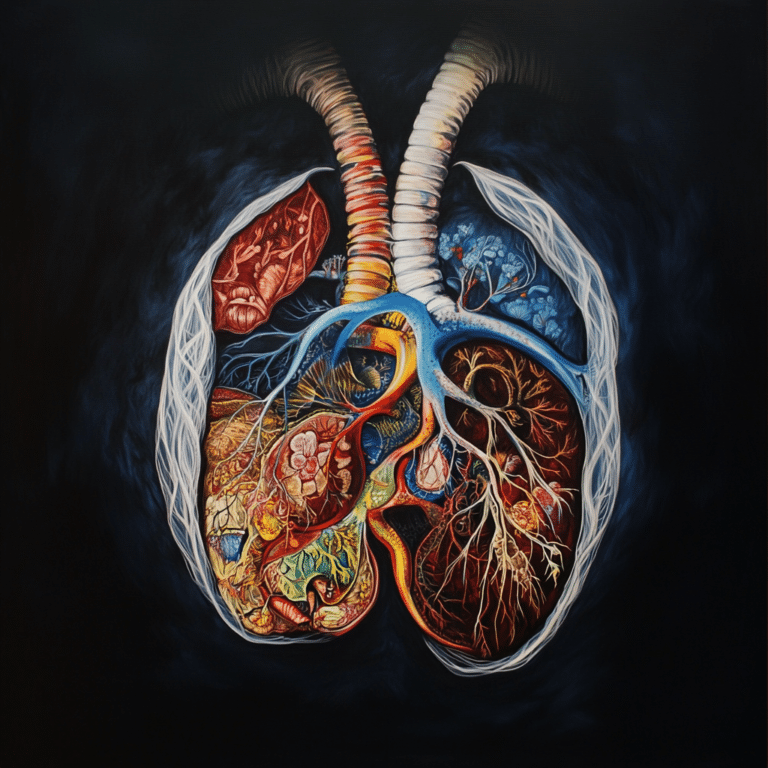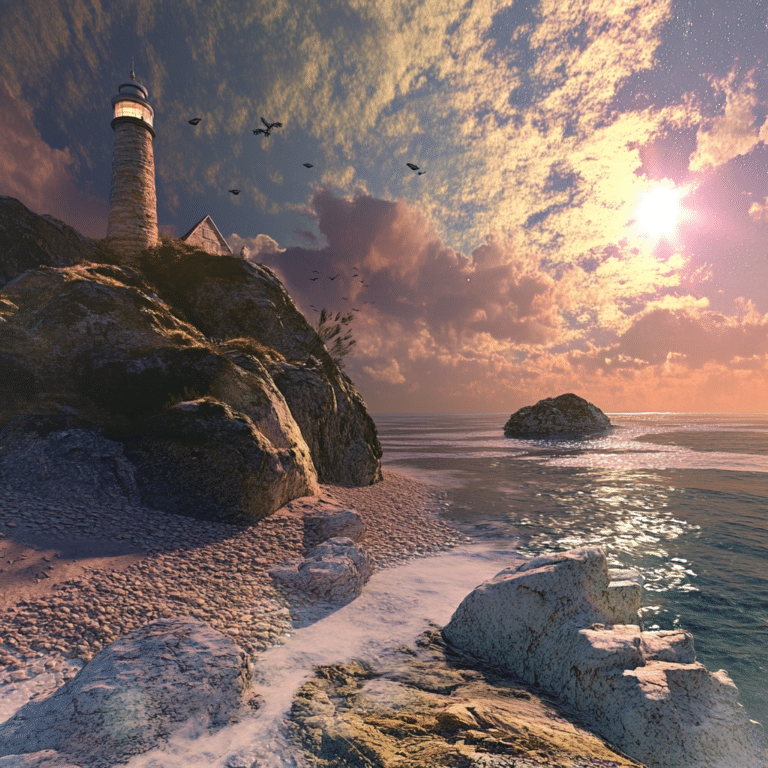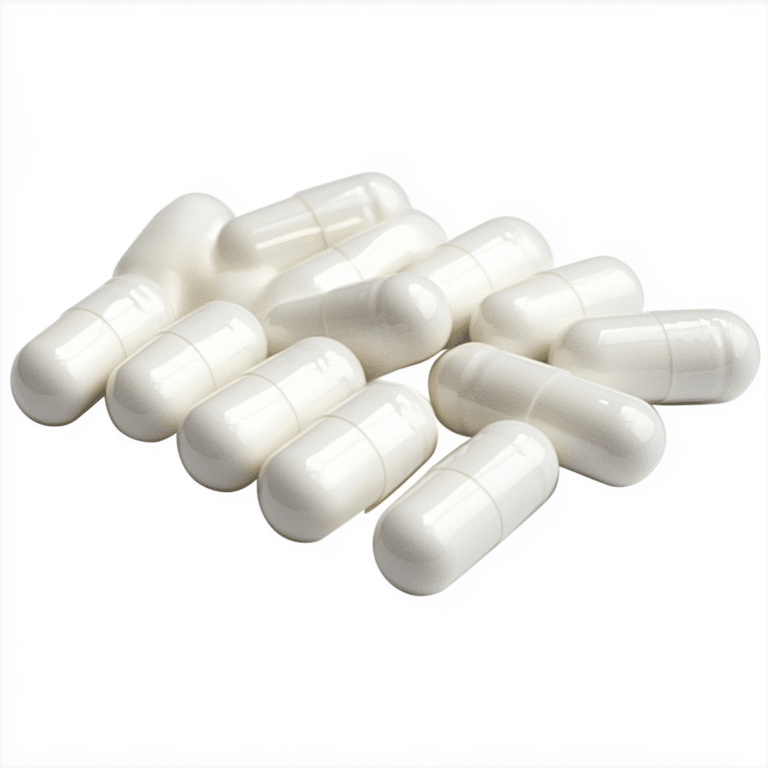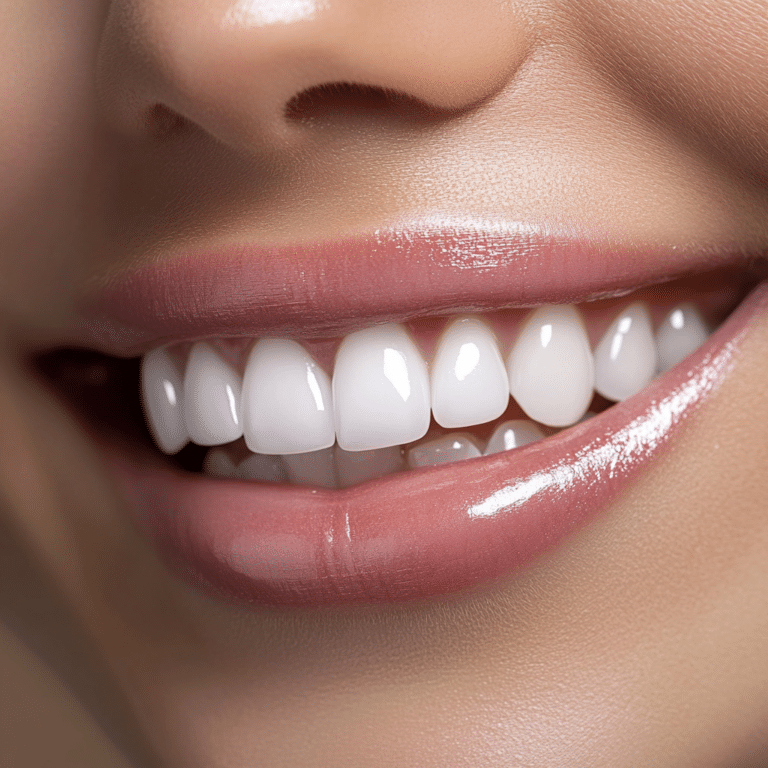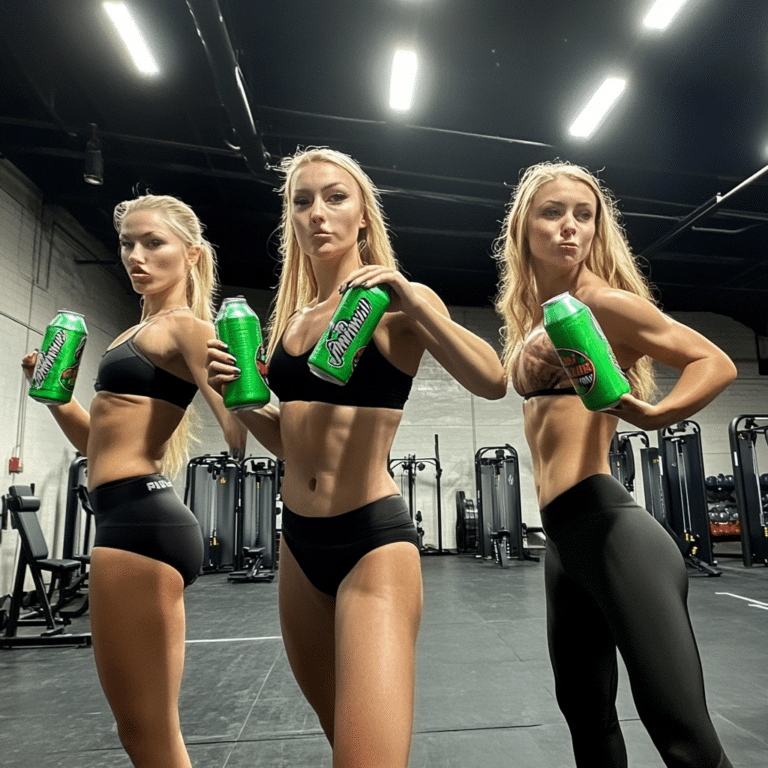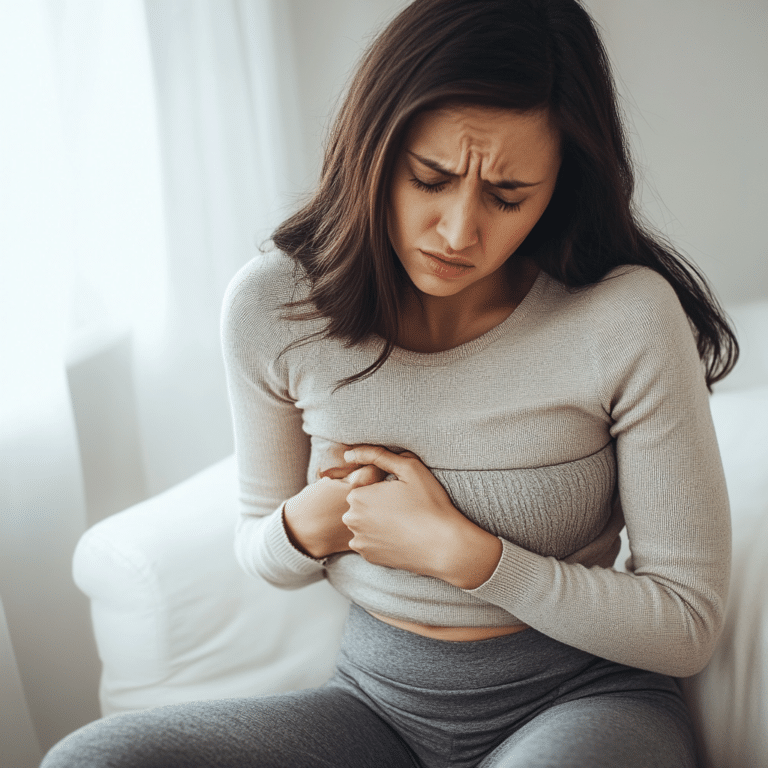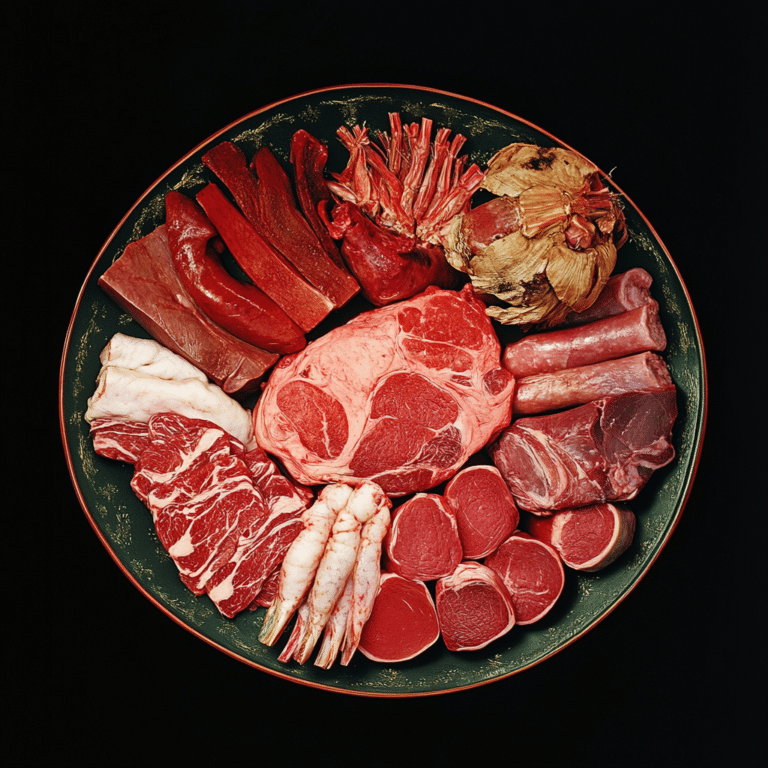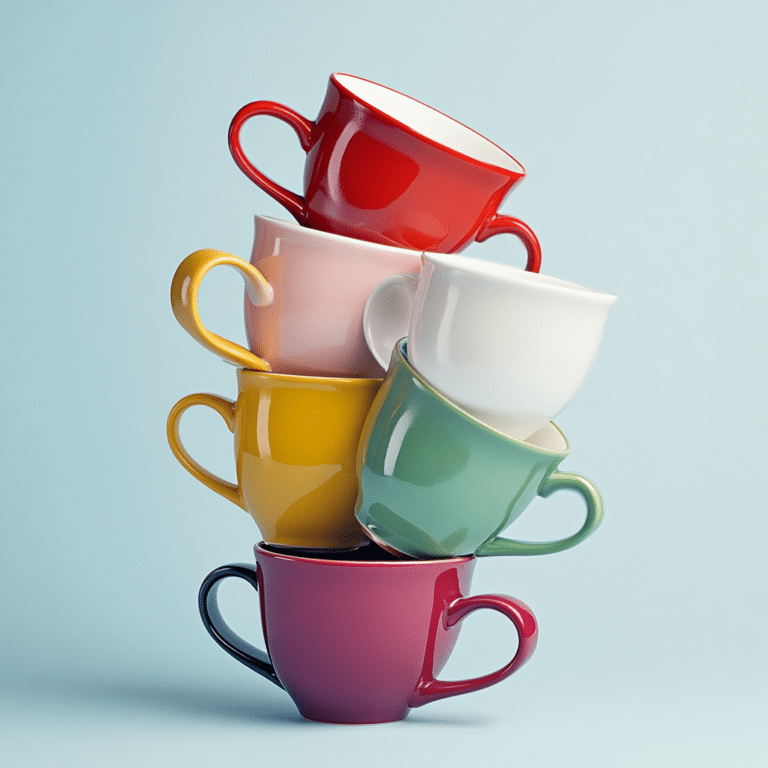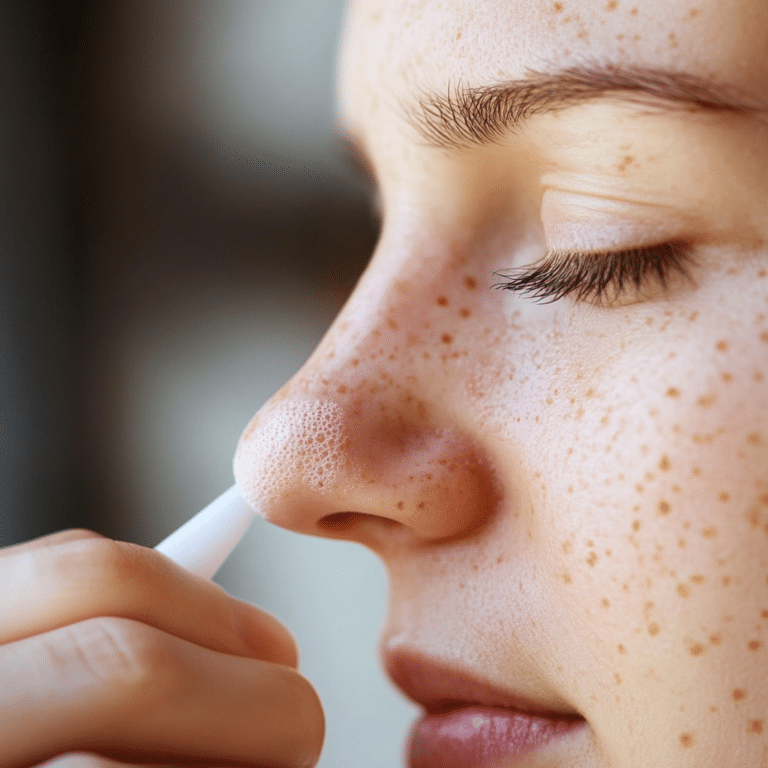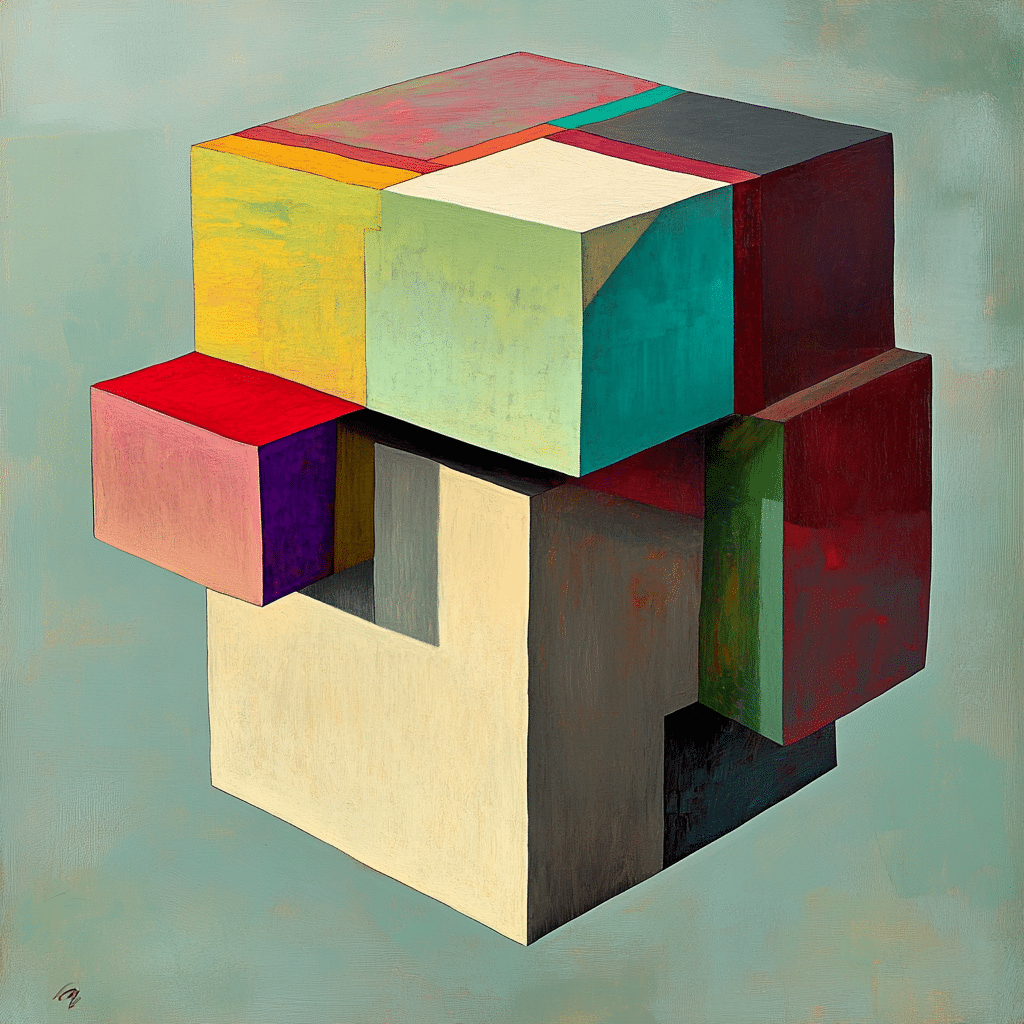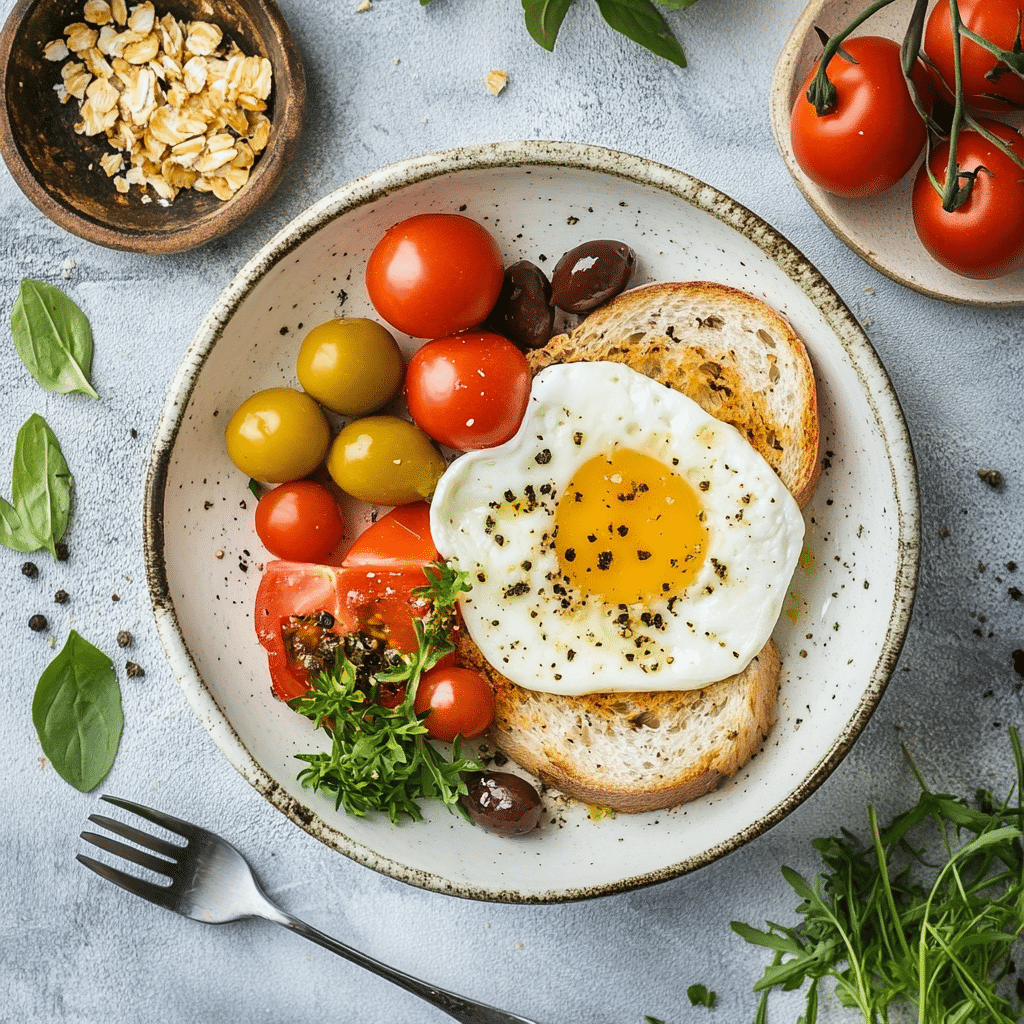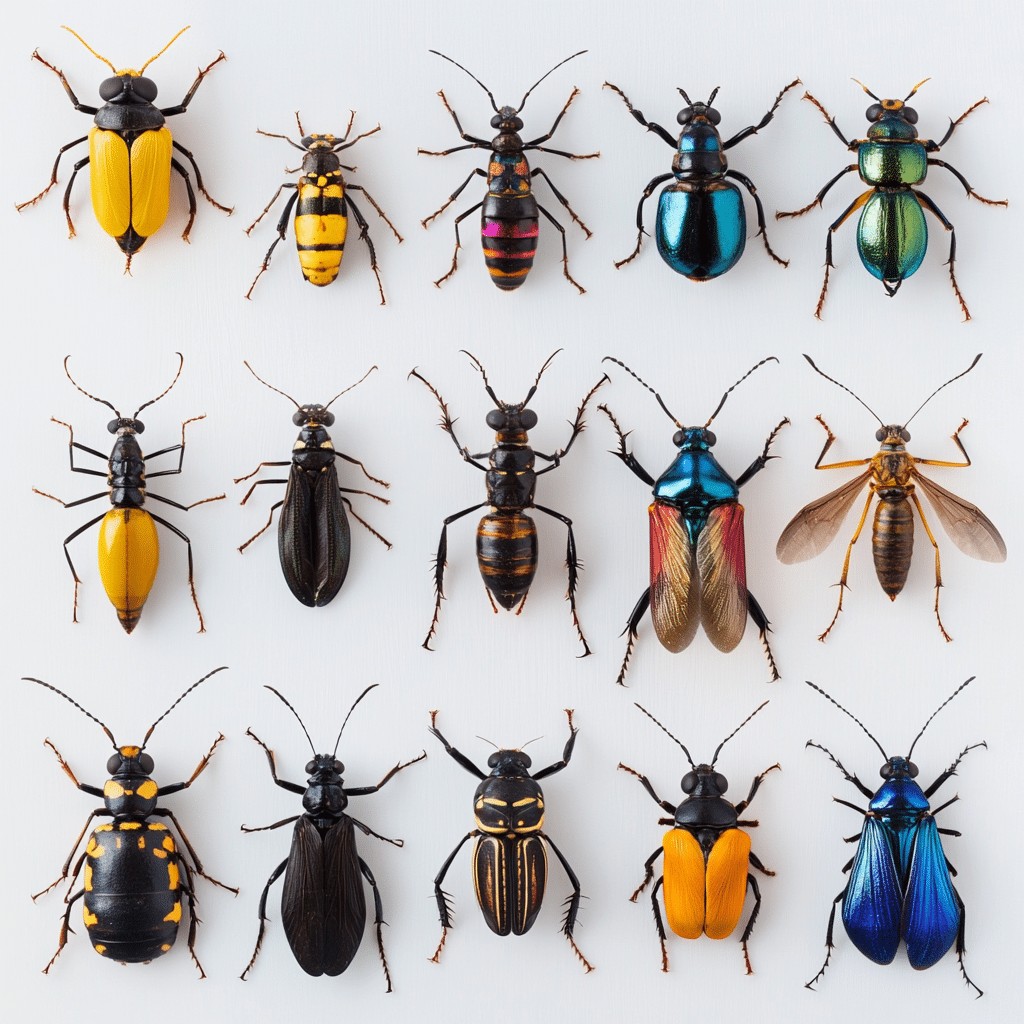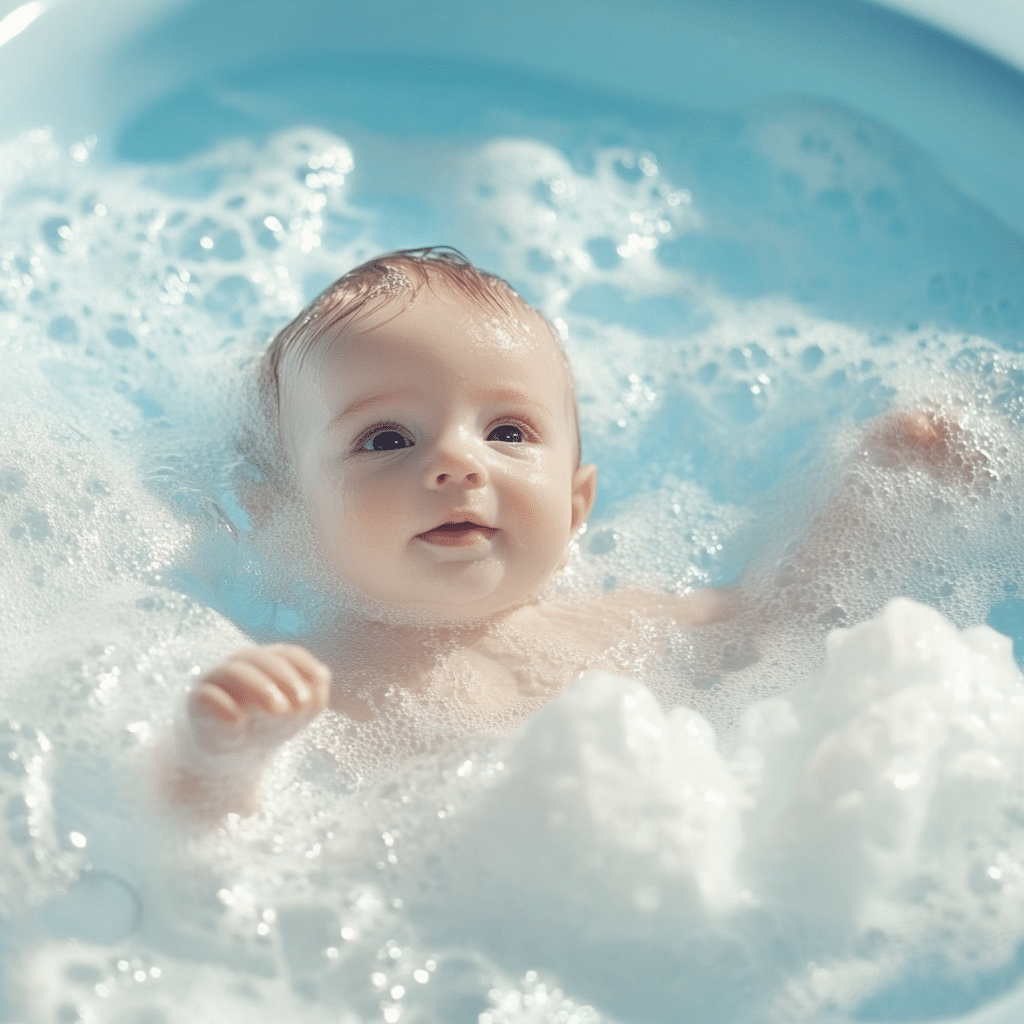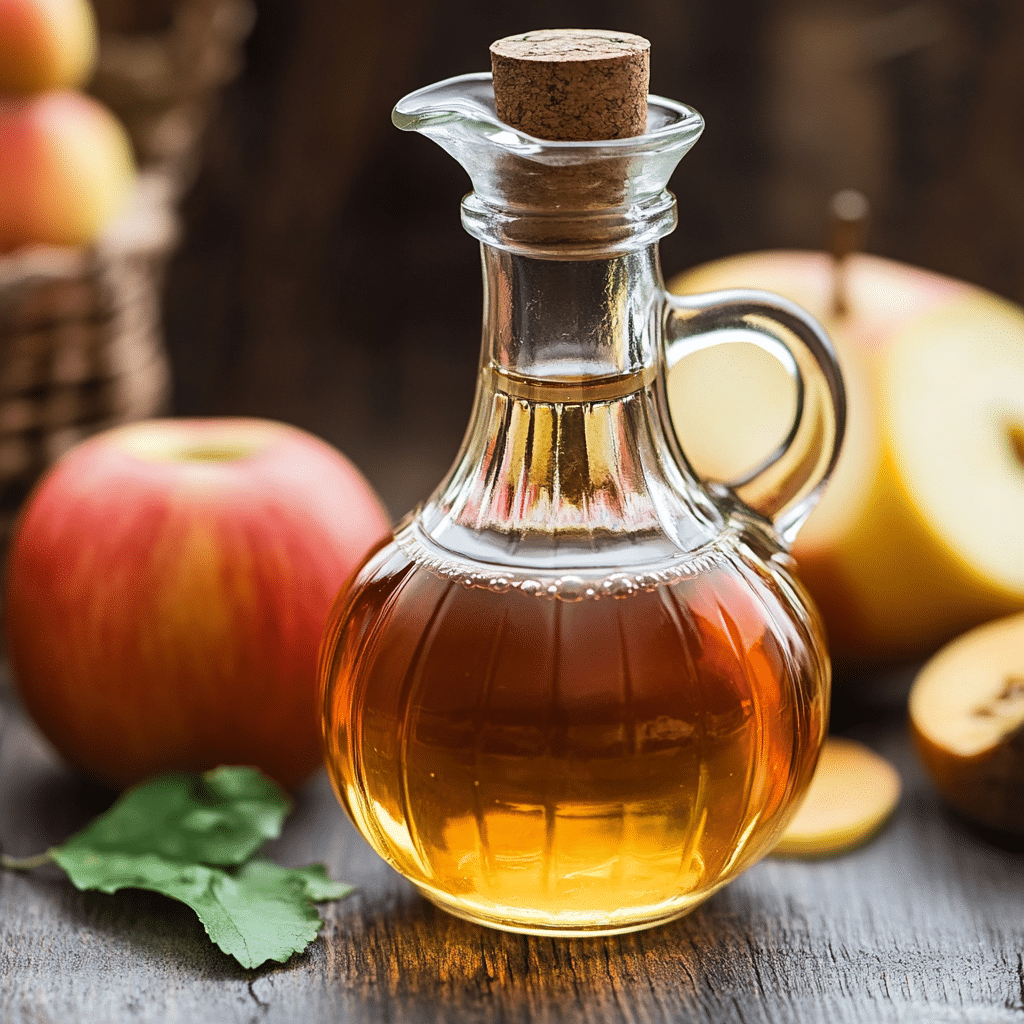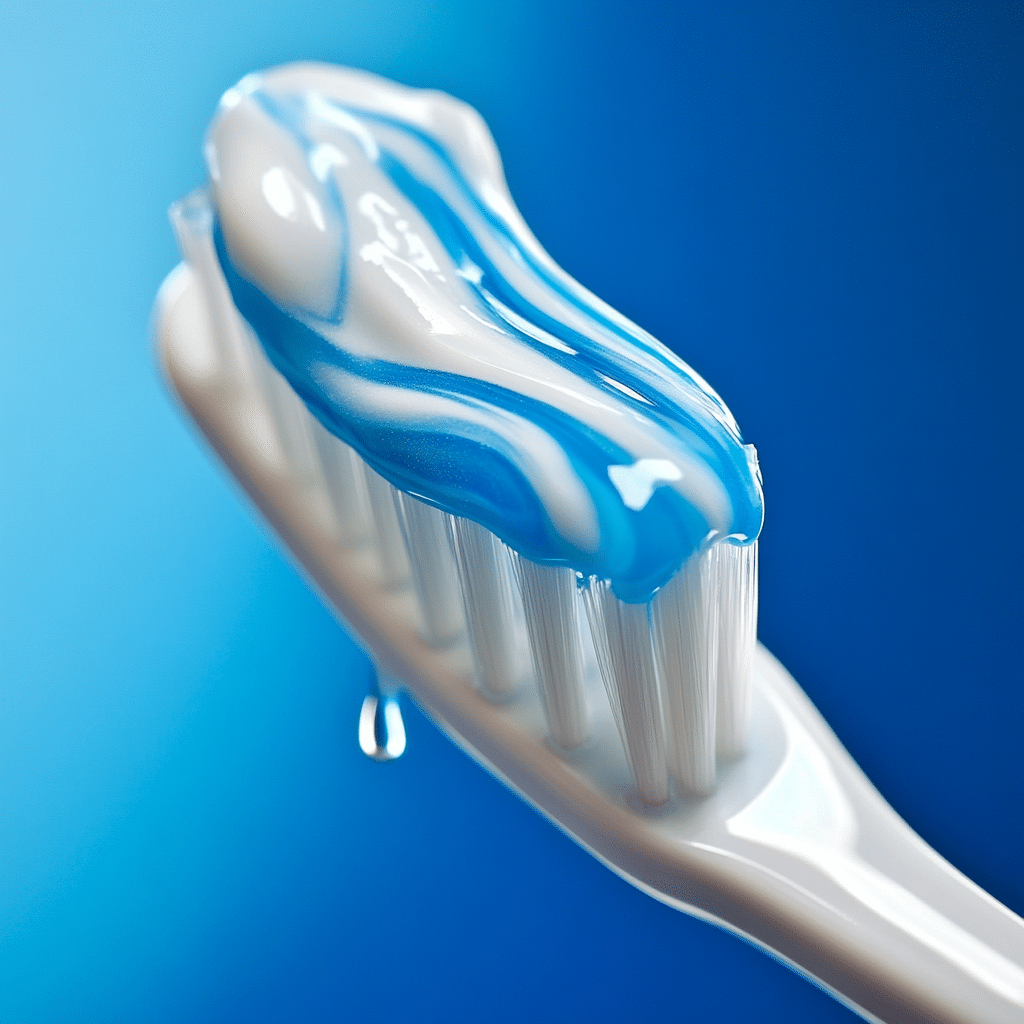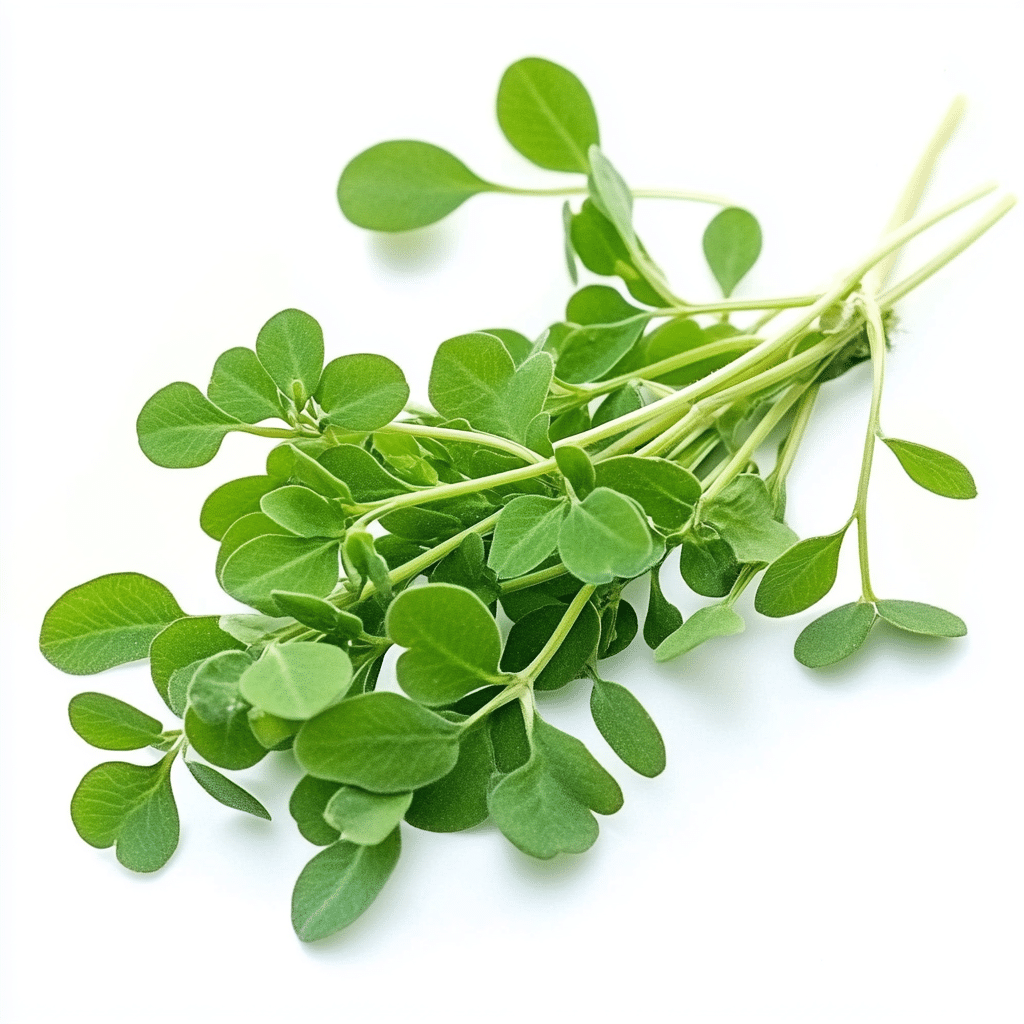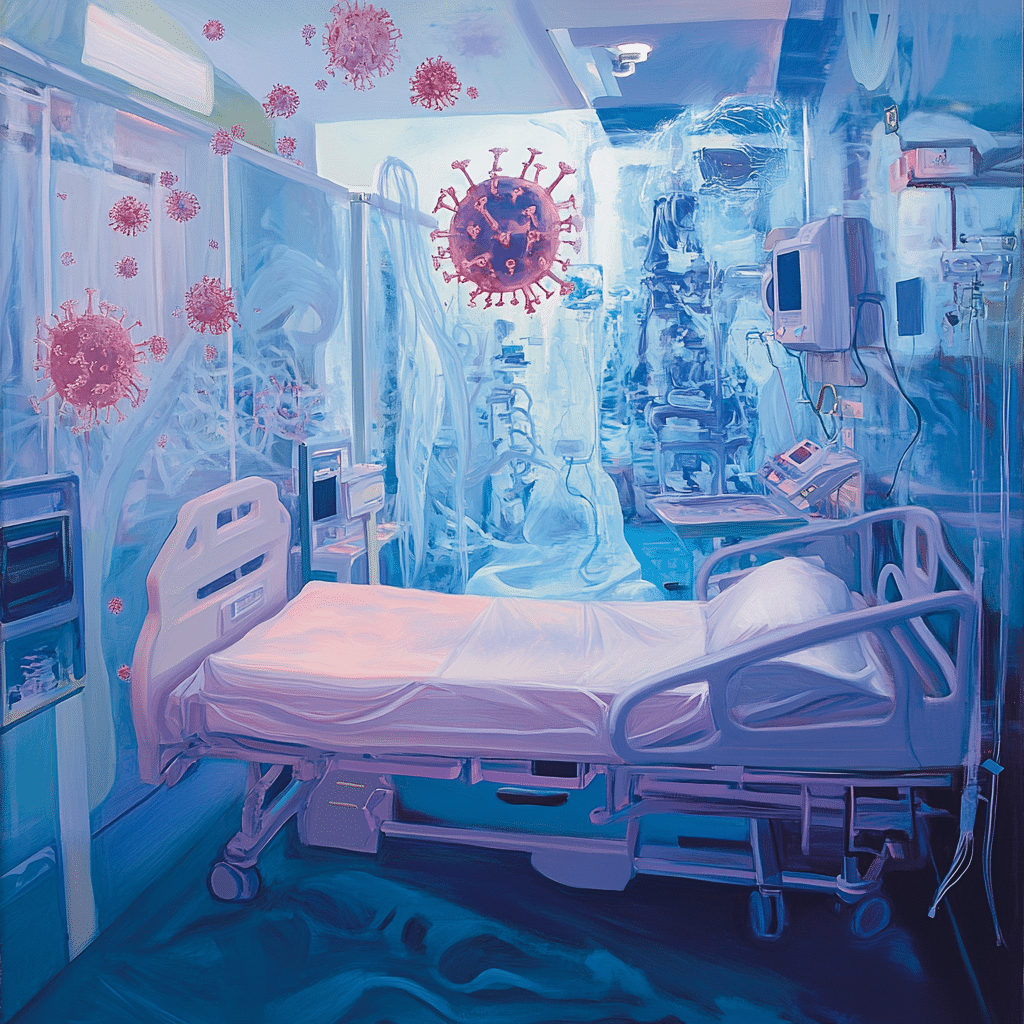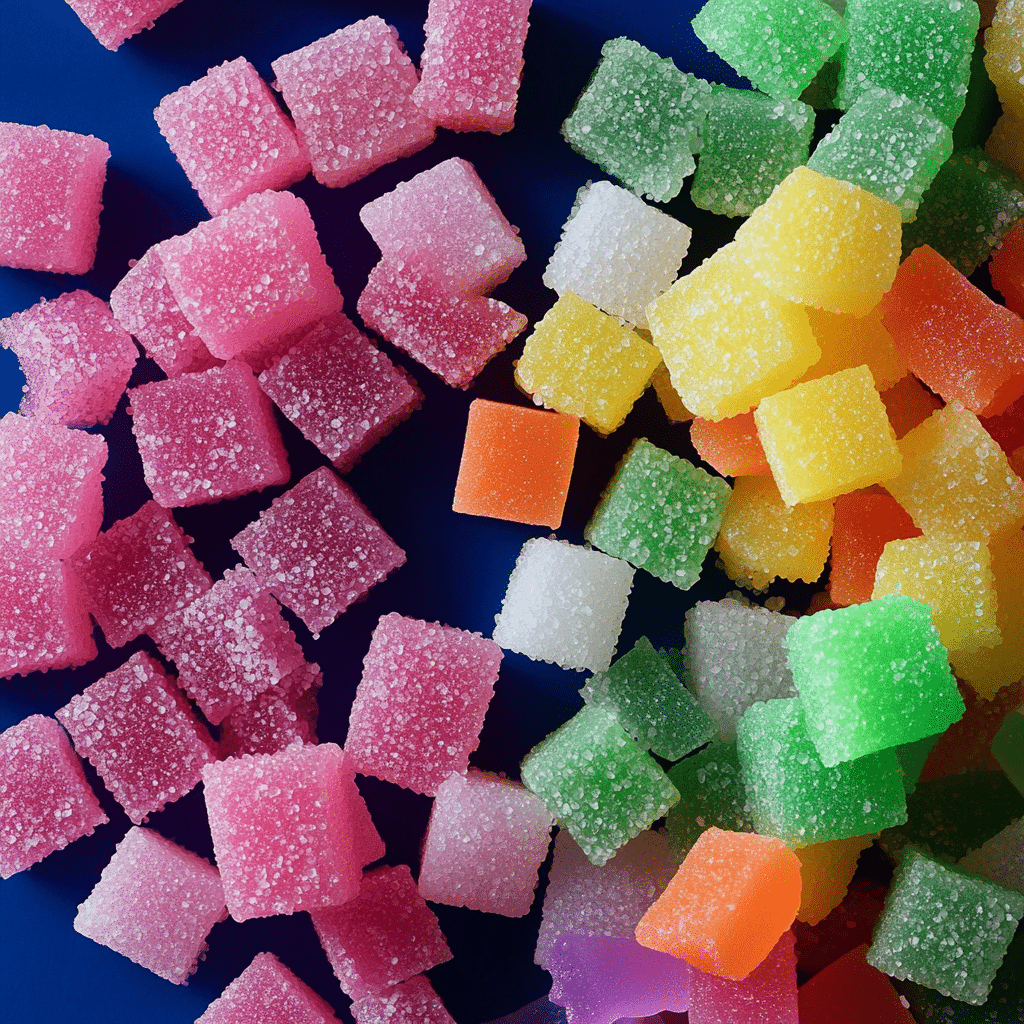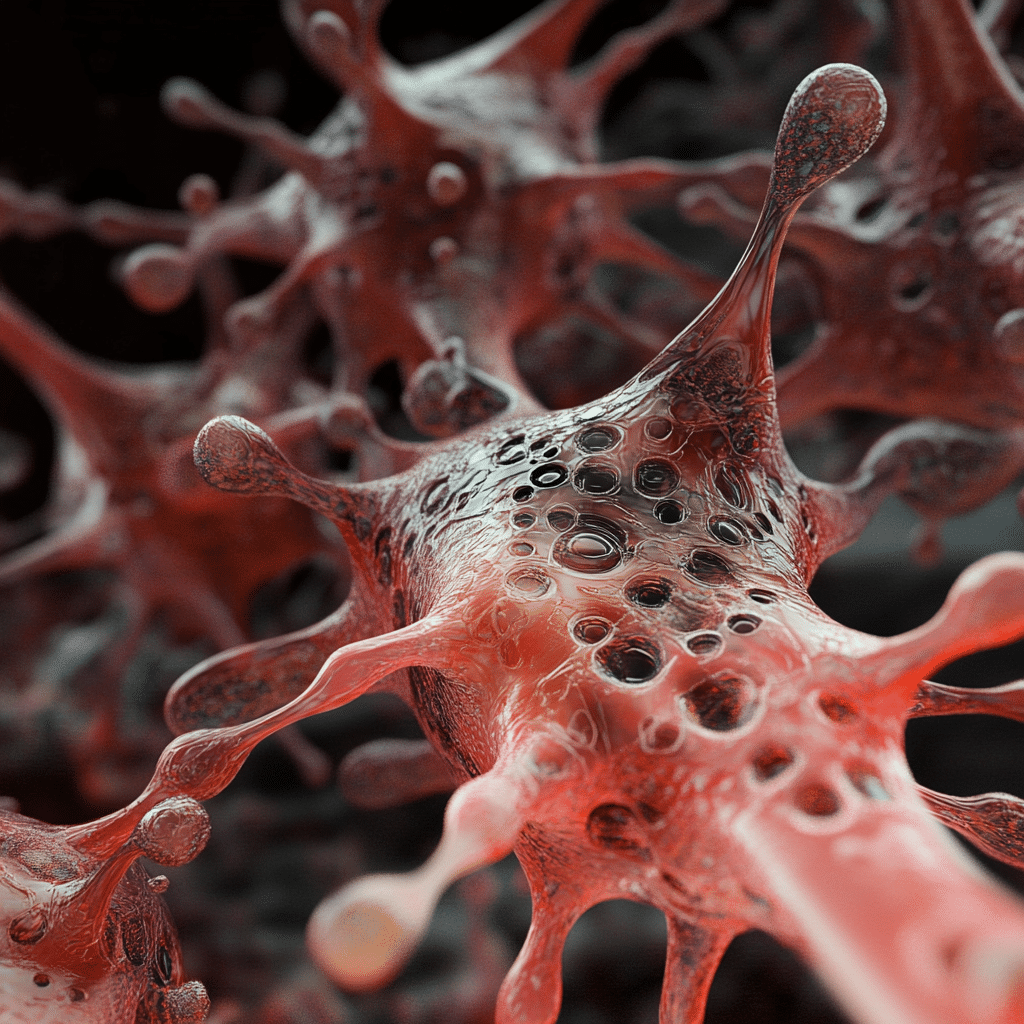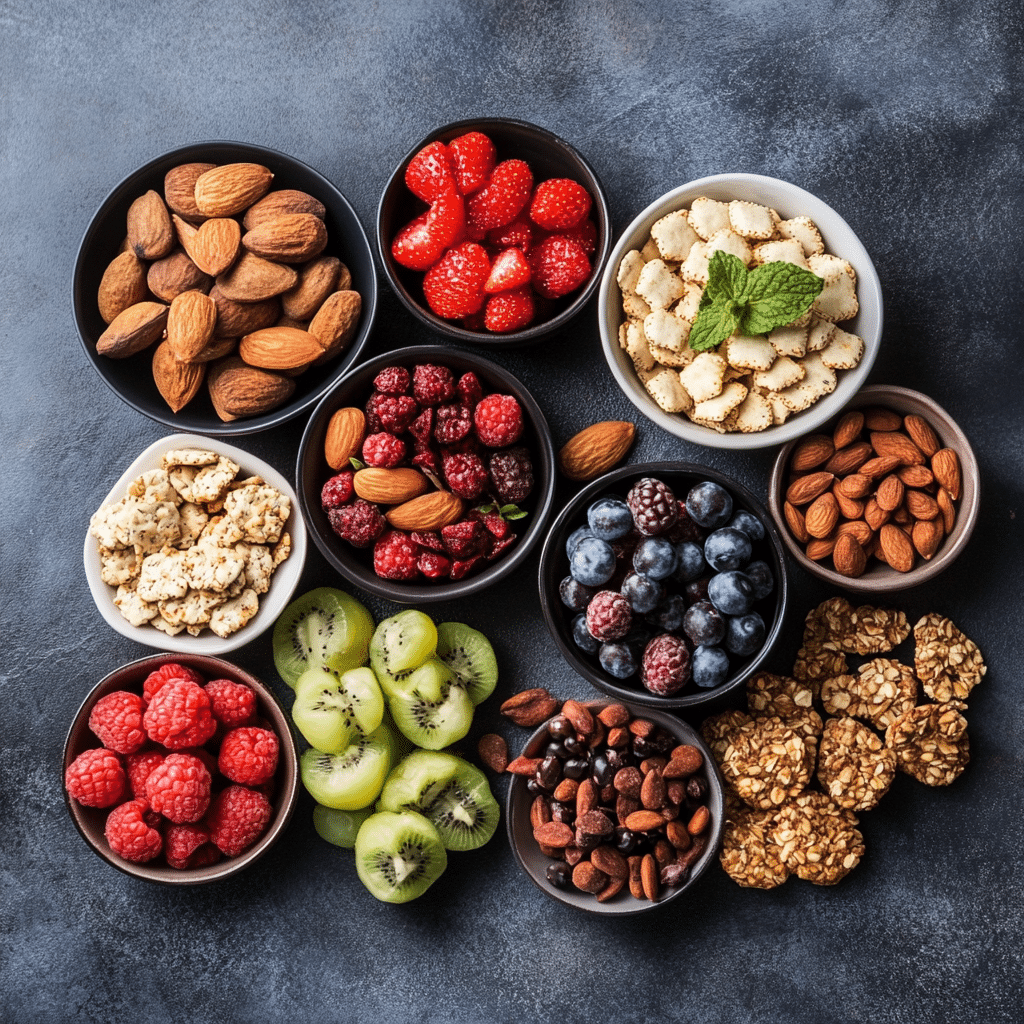Are you reaching for that canned jolt of energy after an intense workout or during a midday slump? If you are, you’re likely considering the infamous Monster Energy drink. With its monster caffeine content, many fitness enthusiasts and busy individuals wonder, “Is this safe for me?” In this article, we’ll dig deep into the science behind Monster’s caffeine content and explore healthier alternatives to keep you motivated and energized without the unwanted jitters. Your journey towards ripping those six-pack abs and maximizing muscle gain starts with informed choices.
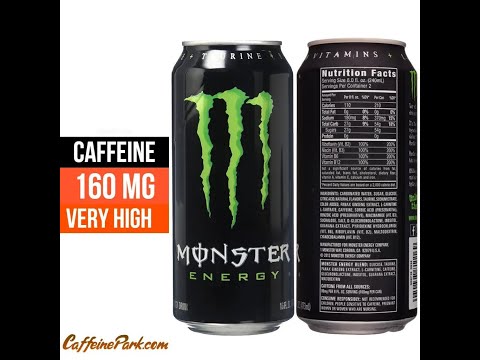
The Science Behind Monster Caffeine Content
Let’s break it down! Your standard 16-ounce can of Monster packs a punch with about 160 milligrams of caffeine. Compare that to the FDA’s recommendation of 400 milligrams per day for healthy adults, and you realize that just over two cans fill your daily caffeine quota. But don’t throw that can away just yet! While caffeine is known to enhance cognitive performance and boost physical endurance, responsible consumption is critical. Overdoing it can lead to unwanted side effects like anxiety, heart palpitations, and even insomnia.
Studies show that moderate caffeine intake can actually enhance your athletic performance. It can help in endurance sports, allowing you to push harder during those grueling sets at the gym. But, moderation is key; the last thing you want is to feel wired and jittery while you’re trying to concentrate on your lifts. Alternating between a Monster and water can help you stay hydrated and keep your energy levels consistent.
So, what’s the takeaway? Understanding monster caffeine content is crucial. Your body’s reaction to caffeine varies individually: some feel its effects quickly, while others may take a bit longer to metabolize it. Listening to your body and observing how caffeine affects you will empower your fitness journey.
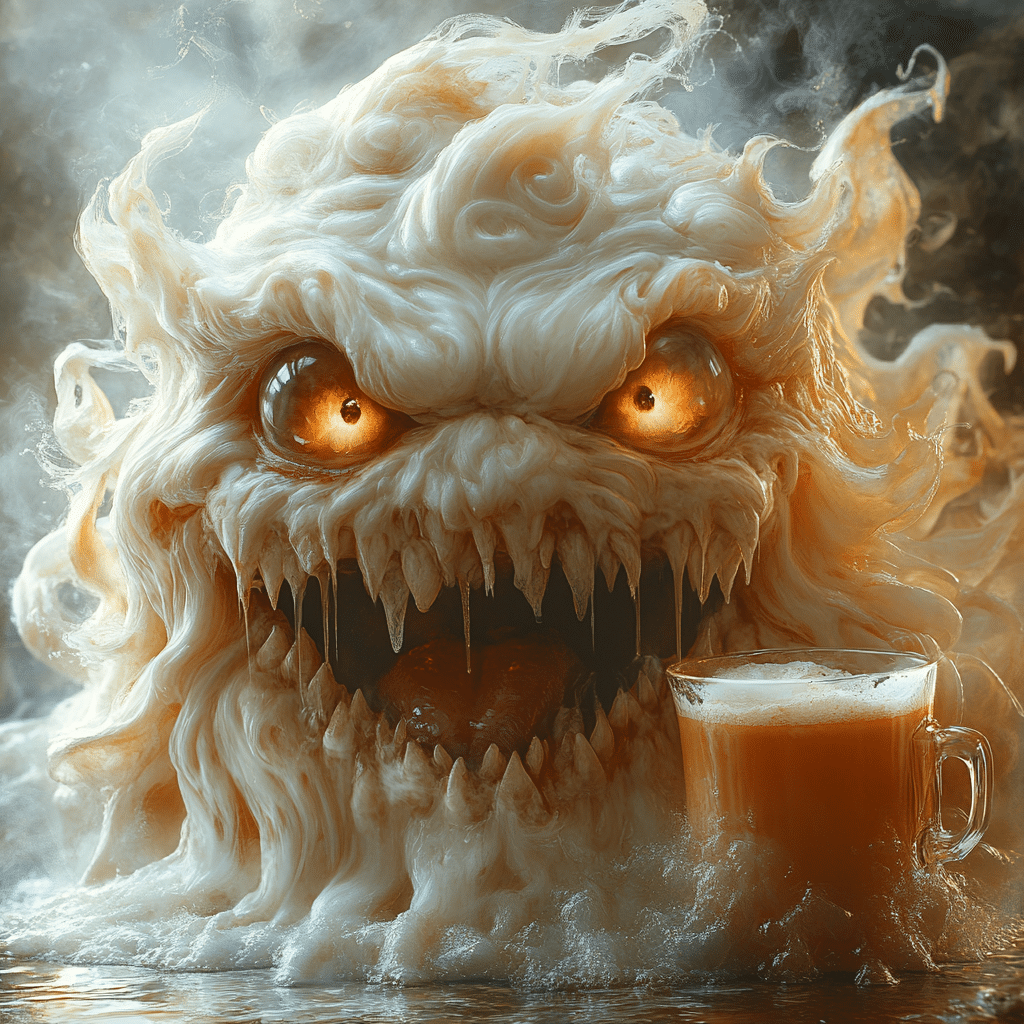
Top 7 Caffeinated Alternatives to Monster Energy
Now, if you’re reconsidering that Monster in favor of something a bit healthier, check out these top 7 caffeinated alternatives that can give you the boost you need without sending your heart racing.
This convenient coffee option provides 75 milligrams of caffeine per serving. If you’re looking for speed and flavor, it’s easily dissolved in hot water, serving as a smoother drink with less sugar.
You might be surprised to learn that a 16-ounce cup has about 100 milligrams of caffeine. Made from cold-brewed coffee, this refreshing option can be customized with cream and sweetener, making it a great alternative to energy drinks laden with sugar. Speaking of sugar, those Chick-fil-A calories add up, but you can control them!
If you fancy a cafe run, why not grab a Tall Iced Americano? This drink contains 150 milligrams of caffeine and only 15 calories, delivering flavor and energy without piling on the sugar.
If you’re enjoying a slice of Costco’s delicious pizza, pairing it with some in-house coffee can be a game-changer. The pizza may have about 700 calories, but a cup of coffee only packs around 95 milligrams of caffeine, helping balance out energy levels.
Many overlook a steaming cup of decaf. Although lower in caffeine (around 5-15 milligrams per cup), it allows you to enjoy coffee’s rich aroma and taste while controlling your caffeine intake.
Looking for something natural? Try a matcha latte! It delivers approximately 70 milligrams of caffeine and provides a steady energy release without the caffeine crash.
Rich in antioxidants, this traditional South American drink offers 30-50 milligrams of caffeine per cup, making it a more wholesome source of energy compared to synthetic energy drinks like Monster.
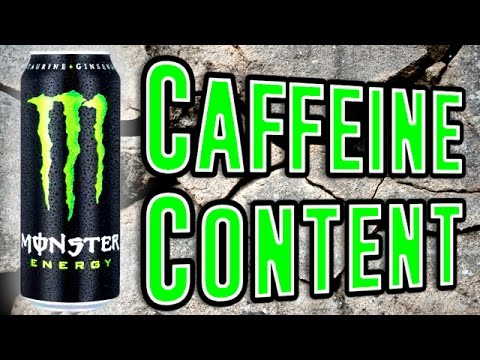
Understanding the Daily Limits and Health Impacts
Alright, folks, if there’s one thing to note, it’s that keeping tabs on your total caffeine intake is vital. It’s easy for caffeine from different sources to add up and sneak up on you. Maybe you had a cup of coffee in the morning, grabbed a Chick-fil-A iced coffee for lunch, and thought another Monster would help you power through the afternoon. Those numbers stack up fast!
Plus, don’t forget about the sugar content. Many energy drinks, Monster included, contain significant sugar levels. A regular Monster has over 50 grams of sugar — that’s no joke! To maintain healthy blood sugar levels and avoid an energy crash, consider low-calorie options or decaf choices.
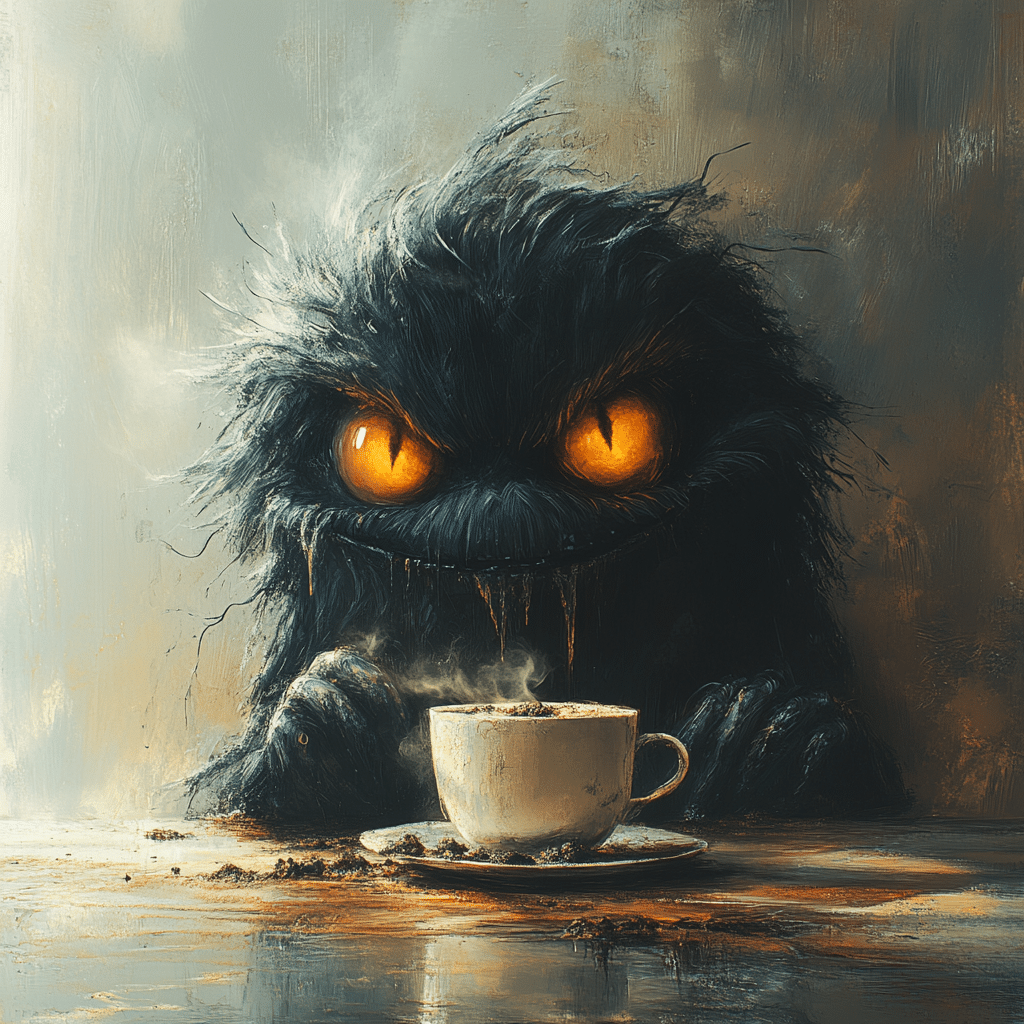
Crafting a Balanced Caffeine Intake Strategy
So, how do you stay energized and fit without sacrificing health? It all boils down to strategy! Here are some tips:
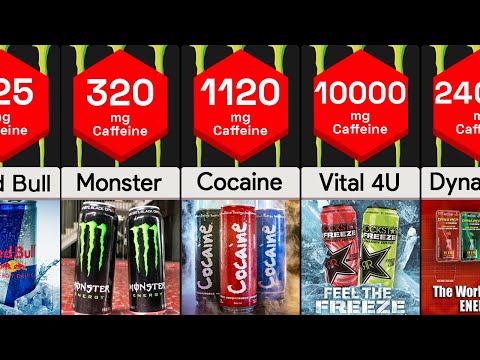
A Final Thought on Your Caffeine Choices
In wrapping up, remember: assessing whether Monster’s caffeine content is suitable for you goes beyond simple numerical values. Your overall health, lifestyle, and reactions to caffeine should guide your drink decisions. With options like Nescafe Gold Espresso, decaf coffee, and the wholesome natural energy from matcha, there’s a world of possibilities beyond just Monster.
As you explore your choices, take a moment to evaluate your caloric intake, particularly if you’re aiming for that six-pack or to become a muscle-gaining machine. Experimentation will lead to finding the best caffeine sources to fuel your workouts and maintain your energy throughout the day. So go forth, get shredded, build those muscles, and make informed decisions about your energy drinks!
Remember, it’s about finding the right balance without compromising flavor or health. As you build your dream physique, let your caffeine choices reflect your commitment to a healthier and stronger you. Happy lifting!
Monster Caffeine Content: Fun Trivia and Interesting Facts
Understanding Monster’s Kick
If you’ve ever had a Monster energy drink, you know they pack a punch, don’t they? The caffeine content in these drinks can reach up to 200 milligrams per 16-ounce can, making them quite the powerhouse in the world of energy beverages. That said, it’s essential to consider how that caffeine stacks up in your daily intake. For instance, did you know that one can of Monster is about as much caffeine as two cups of coffee? Talk about a quick pick-me-up! This kind of caffeine can occasionally lead to jitters, especially for those prone to anxiety; it’s definitely something to think about, especially if you’re feeling good and want to keep it that way.
A Global Perspective
Interestingly, the caffeine craze isn’t just limited to the U.S. Those in other countries might be buzzing off different drinks entirely. In fact, energy drinks have started popping up almost everywhere; popular resorts, like those in Costa Rica all inclusive family Resorts, now offer a range of high-caffeine options for visitors seeking a dash of energy on adventurous getaways. It can be exhilarating to try something new while on vacation! And while we love the thrill of energy drinks, it’s always good to be informed about their effects—after all, we don’t want to turn into the Beth Harmon of caffeine, playing chess under pressure while making impulsive moves.
Safety in Moderation
The safe upper limit of caffeine intake is typically around 400 milligrams per day for most adults—a good benchmark, especially when considering your consumption of Monster. If you dive into Monster drinks regularly, be sure to balance it out with other drinks and foods that have lower caffeine levels. Shifting gears slightly, as we’re always on the lookout for health tips, have you considered your capabilities with things like your radial nerve? A little exercise can help you manage your energy levels better. Plus, keep an eye out for any side effects, like those that can sometimes arise from medications such as Fexofenadine hydrochloride; caffeine might worsen certain symptoms. Remember, understanding your limits is a big part of staying healthy while enjoying a lively lifestyle.
In the end, knowing more about the monster caffeine content in your favorite energy drinks can keep your energy levels high and your health in check. Whether you’re gearing up for a big event or just looking to get through the day without crashing, keep these facts in mind next time you pop open a can.
